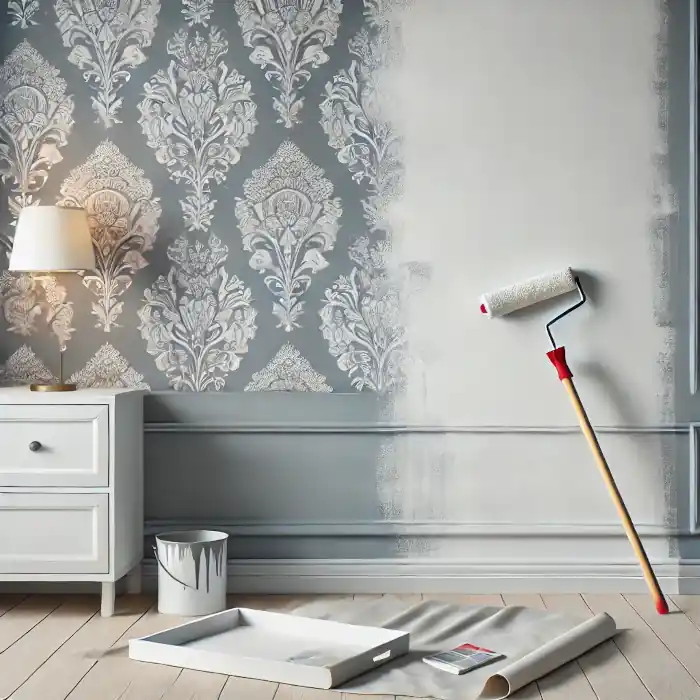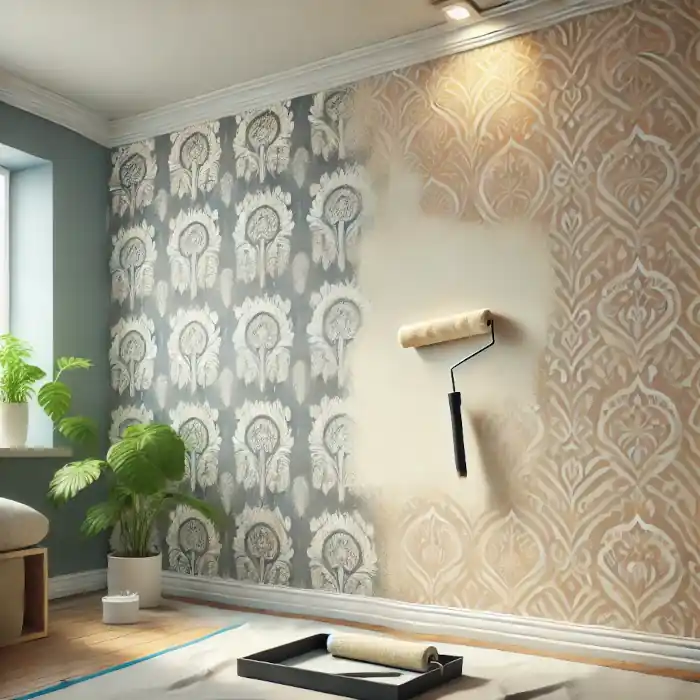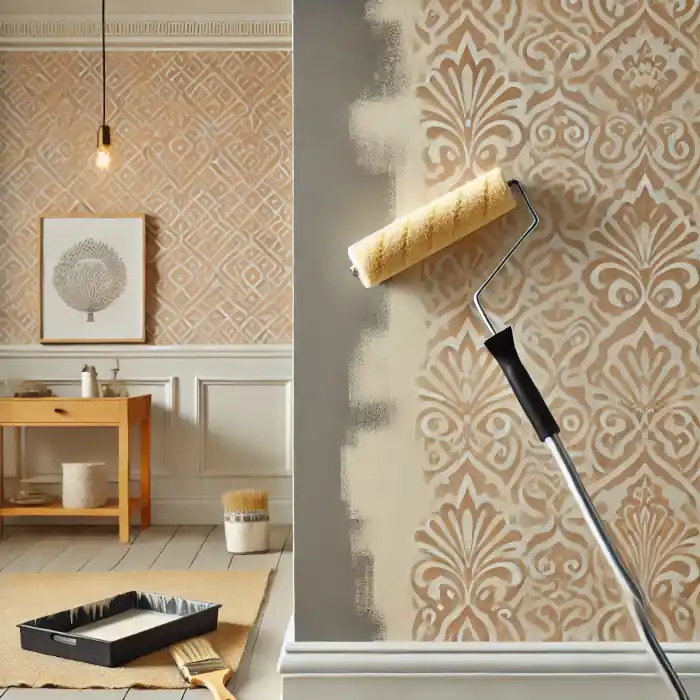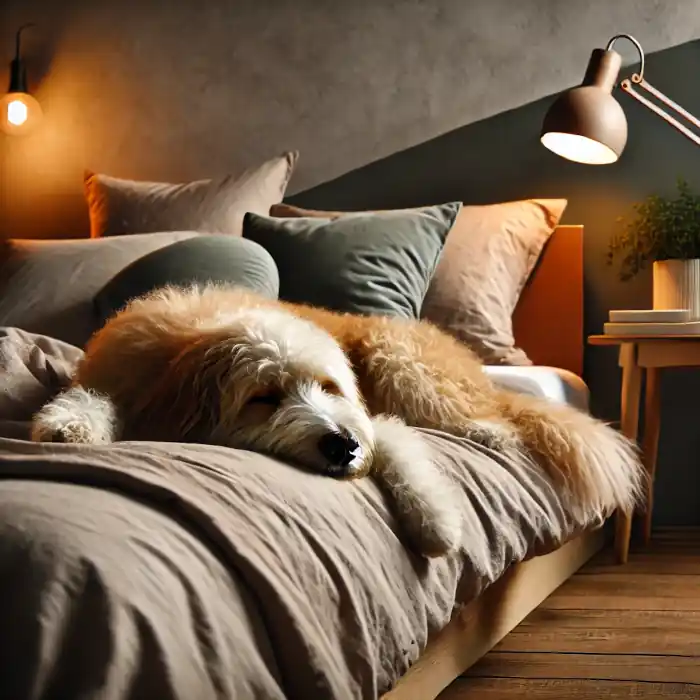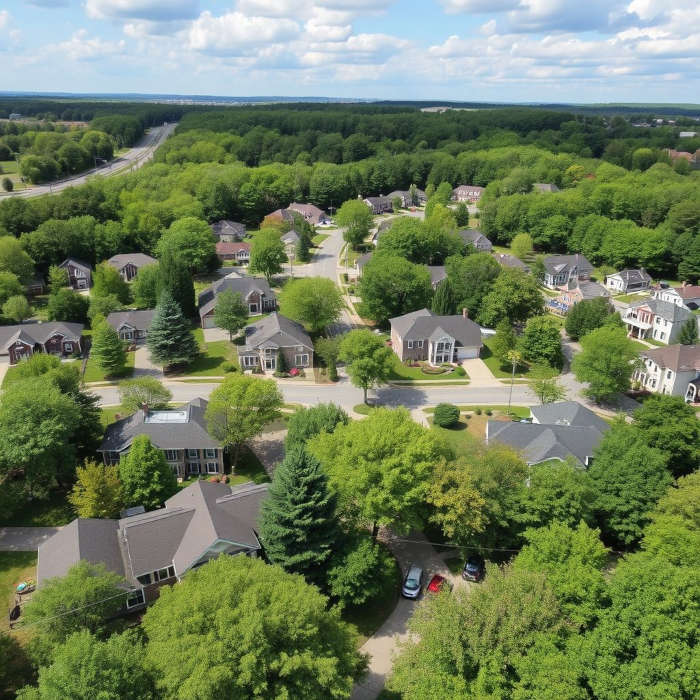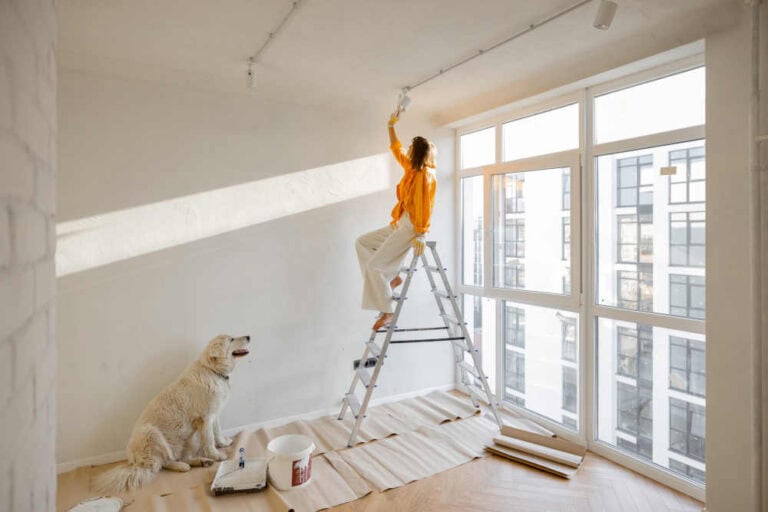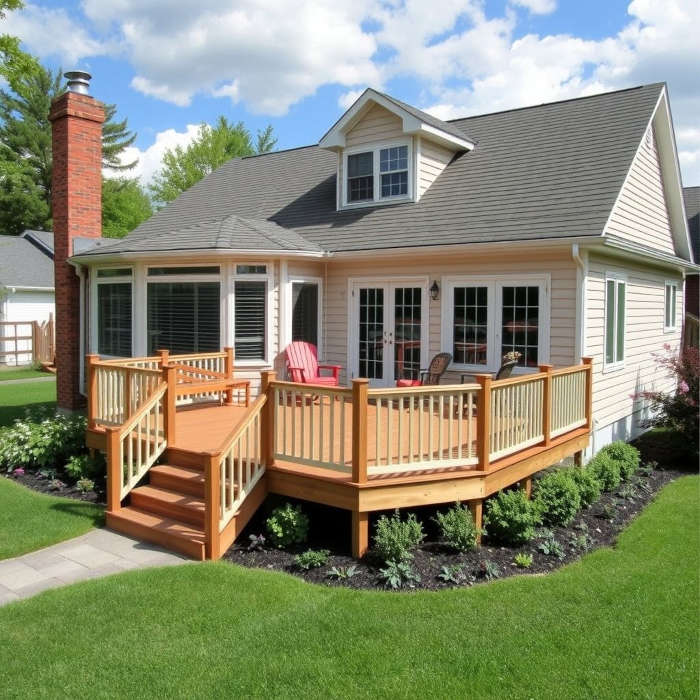As an Amazon Associate, I earn from qualifying purchases. Privacy Policy / Terms
Painting over wallpaper is a topic that sparks debate among homeowners and painting professionals alike. Some believe it’s a shortcut that can save time and effort, while others argue it could lead to long-term problems. If you’re considering this option, it’s important to understand when painting over wallpaper is a good idea, when it’s not, and how to do it correctly to ensure lasting results.
When Painting Over Wallpaper Is a Good Idea
While removing wallpaper is often the preferred option before painting, there are situations where painting over it might be the best choice. Here are some scenarios where painting over wallpaper makes sense:
1. The Wallpaper Is in Good Condition
If the wallpaper is smooth, firmly adhered to the wall, and not peeling, bubbling, or torn, painting over it can be a viable solution. A solid base will ensure that the paint adheres well and looks professional once finished.
2. The Wallpaper Was Installed Properly
High-quality wallpaper that was installed correctly with a strong adhesive can provide a stable surface for paint. If there are no signs of seams lifting or corners peeling, painting over it might be a reasonable option.
3. Removing the Wallpaper May Damage the Wall
In older homes, wallpaper was often applied directly to drywall or plaster without a primer, making removal difficult and potentially damaging. If stripping wallpaper could result in gouged walls or exposed drywall paper, painting over it might be the best way to refresh the space without extensive repairs.
4. You Want to Save Time and Effort
Removing wallpaper is a labor-intensive process that often requires steaming, scraping, and repairing walls before they’re ready for paint. If you’re looking for a quicker solution, painting over wallpaper could be a practical alternative.
When Painting Over Wallpaper Is a Bad Idea
While painting over wallpaper is possible, there are certain cases where it’s not recommended. Here’s when you should think twice before skipping wallpaper removal:
1. The Wallpaper Is Peeling or Damaged
If wallpaper is already lifting, bubbling, or torn in multiple places, painting over it will only worsen the problem. The moisture from the paint can cause further adhesion issues, leading to an uneven or peeling finish.
2. The Seams Are Too Visible
If wallpaper seams are highly visible or textured patterns create an uneven surface, the final painted result might look unattractive. Without proper preparation, seams can show through paint or even lift over time.
3. The Wallpaper Has a Heavy Texture or Vinyl Coating
Thick vinyl wallpaper or heavily textured surfaces may not take paint well. Vinyl-coated wallpaper, in particular, is non-porous, making it difficult for paint to adhere properly without special preparation.
4. You Plan to Sell Your Home Soon
If you’re painting over wallpaper as a quick fix before selling your home, keep in mind that future homeowners might have to deal with removal issues later. Some buyers may see painted wallpaper as a shortcut that could lead to complications down the road.
How to Paint Over Wallpaper the Right Way
If you’ve decided that painting over wallpaper is the best option for your situation, following the right preparation steps is crucial for a smooth and durable finish.
Step 1: Clean the Wallpaper
Dust, dirt, and grease can prevent paint from adhering properly. Use a damp sponge and mild soap to clean the wallpaper, then allow it to dry completely before proceeding.
Step 2: Repair Any Damage
Carefully inspect the wallpaper for any loose edges, bubbles, or small tears. Use wallpaper adhesive to reattach any lifting areas and patch minor damages with a lightweight spackling compound. Sand the patched areas smooth once dry.
Step 3: Seal the Wallpaper Seams
To prevent wallpaper seams from becoming visible after painting, apply a thin layer of spackling paste over them. Once dry, sand the surface lightly to ensure a smooth transition between the seams and the rest of the wall.
Step 4: Apply a High-Quality Primer
A high-quality oil-based or shellac-based primer is essential for sealing the wallpaper and preventing moisture from the paint from loosening the adhesive. Avoid using water-based primers, as they can cause the wallpaper to bubble or peel.
Step 5: Choose the Right Paint
Opt for a high-quality interior paint, preferably in a satin or semi-gloss finish for durability. Use a paint roller for large areas and a brush for edges and corners.
Step 6: Apply Multiple Coats
Start with a thin, even coat and allow it to dry fully before applying the next. Depending on the color and pattern of the wallpaper, you may need two or more coats for full coverage.
Alternative to Painting Over Wallpaper: Removing It
If you have the time and patience, removing wallpaper is usually the best long-term solution. Here are some methods to consider:
- Using Warm Water and a Scraper: This method works best for wallpaper that is not heavily glued down.
- Using a Wallpaper Steamer: A steamer can help loosen stubborn wallpaper adhesive for easier removal.
- Applying a Chemical Wallpaper Remover: Commercial wallpaper removal solutions help break down the glue and make it easier to scrape off.
Once the wallpaper is removed, you’ll need to repair any wall damage and apply a primer before painting for the best results.
Final Thoughts: Is Painting Over Wallpaper Right for You?
Painting over wallpaper can be a quick and effective way to update a room, but it’s not always the best choice. If the wallpaper is in good condition and you follow the correct preparation steps, you can achieve a smooth, long-lasting paint job. However, if the wallpaper is peeling, textured, or poorly adhered, it’s better to remove it before painting. Taking the time to assess your walls and follow the proper steps will ensure a professional-looking finish that enhances your home’s interior.
Need Professional Help?
If you’re unsure whether to paint over wallpaper or need expert assistance, consider hiring Crocker Home Painting Company. Our experienced professionals can assess your walls, prep them properly, and deliver high-quality results that last.
Views Expressed Disclaimer
The views, opinions, and information presented in this article are for informational purposes only and do not necessarily reflect the official policies or positions of Crocker Home Painting Company. While every effort has been made to ensure accuracy, Crocker Home Painting Company is not liable for any errors, omissions, or decisions made based on the content provided. Readers are encouraged to consult professionals for specific advice or assistance related to their unique circumstances.

